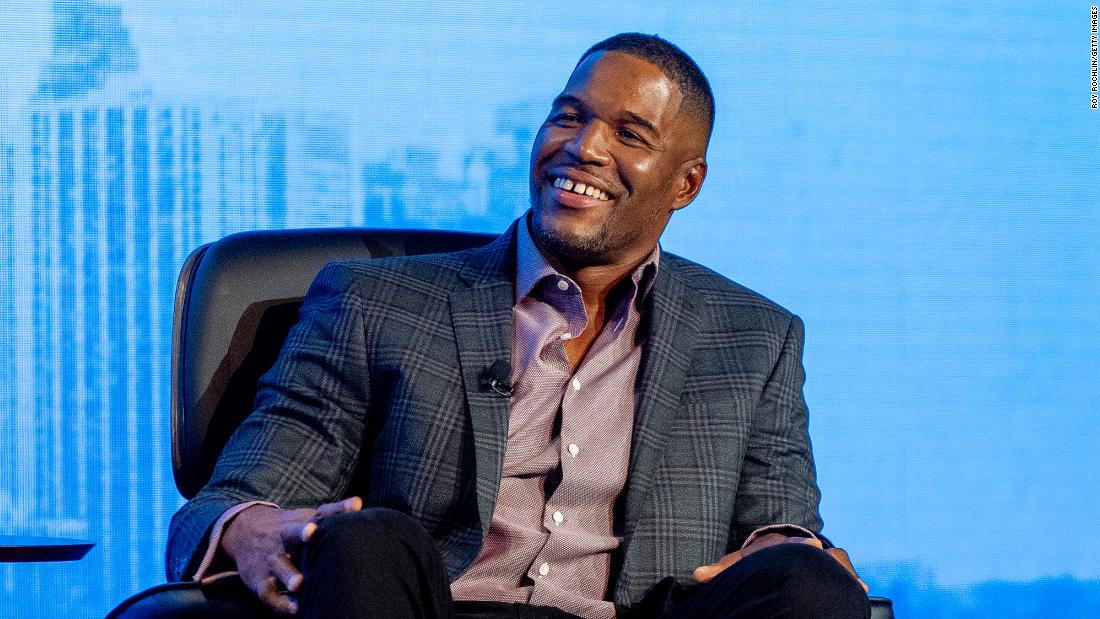This flight will mark the first time that Blue Origin will fill all six seats on its New Shepard rocket and capsule, which is named for Alan Shepard. On the company’s two previous flights — including the July flight that sent Bezos himself to space — only four of the seats were taken up.
That means the passengers will have a bit less wiggle room than prior customers, especially Strahan, who is six feet, five inches tall.
Strahan spent 15 season in the NFL, all of them with the New York Giants, where he won the Super Bowl with them in 2007. He was inducted into the Pro Football Hall of Fame in 2014.
Going suborbital
The flight will follow a similar profile to Shatner’s flight and Bezos before him, spending just 10 minutes off the ground.
Suborbital flights differ greatly from orbital flights of the type most of us think of when we think of spaceflight. Blue Origin’s New Shepard flights will be brief, up-and-down trips, though they will go more than 62 miles above Earth, which is widely considered to be the edge of outer space.
Suborbital flights require far less power and speed. That means less time the rocket is required to burn, lower temperatures scorching the outside of the spacecraft, less force and compression ripping at the spacecraft, and generally fewer opportunities for something to go very wrong.
The New Shepard capsule will then deploy a large plume of parachutes to slow its descent to less than 20 miles per hour before it hits the ground.
The big picture
This will mark the third of what Blue Origin hopes will be many space tourism launches, carrying wealthy customers to the edge of space. It could be a line of business that helps to fund Blue Origin’s other, more ambitious space projects, which include developing a 300-foot-tall rocket powerful enough to blast satellites into orbit and a lunar lander.
It’s not clear how much money the paying customers on Saturday’s flight shelled out for their seats. Blue Origin has not publicly identified a ticket price, though the company did host an auction earlier this year to sell an extra seat alongside Bezos during his July flight.
Taylor, who will ride alongside Strahan and Shepard on today’s flight, told CNN Business that he also participated in the auction but didn’t win. Blue Origin later reached out to offer him a seat, however. He declined to say how much he ultimately paid for his ticket, noting that Blue Origin asks its passengers to sign non-disclosure agreements that preclude customers from talking about certain aspects of the launch.
Taylor wants other wealthy individuals who buy flights to space to do something similar, taking after billionaire Shift4 CEO Jared Isaacman’s decision to make his three-day excursion to space aboard a SpaceX rocket into a charity fundraiser for St. Jude to which Isaacman donated $200 million.
That’s the model Taylor hopes everyone will follow. He said he plans to encourage his fellow paying customers on Saturday’s Blue Origin flight to do the same.
“My guess is, it’s going to be $300 or $400 million spent on commercial spaceflight in the next few years,” Taylor said. “And the people that can afford these tickets can afford twice the ticket, right? I mean, it’s not like they’re putting their last dollar to buy a space ticket. So that’s kind of why I want to do the call to action.”







More News
What Weinstein’s Overturned Conviction Means for His California Case
G.O.P. Asks Secret Service to Move Protesters Away From Convention Venue
Paramount Chief Executive Bob Bakish Could Be Out Next Week